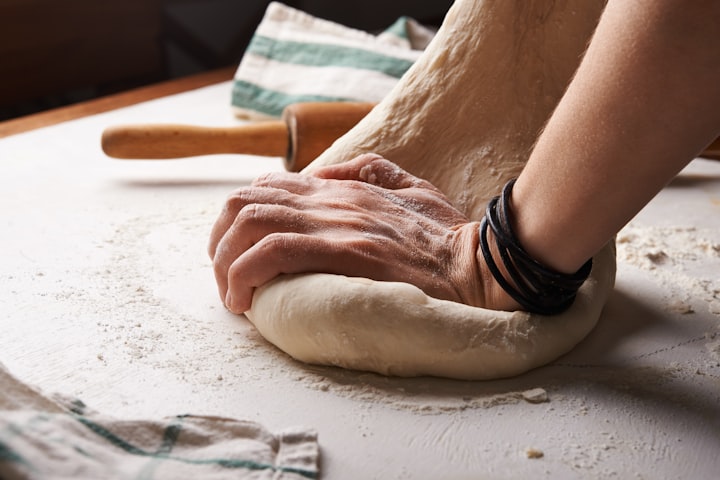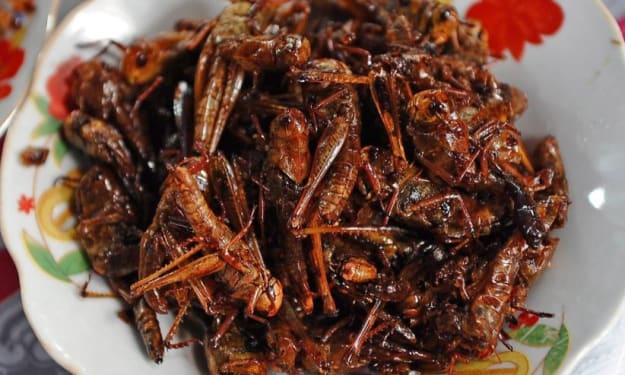The Science of Baking: Understanding the Chemistry Behind Perfect Pastries
Baking is often regarded as a harmonious marriage between art and science. While the artistry of creating delicious pastries is undeniable, there is a hidden world of chemistry at play that can greatly impact the final outcome. Understanding the science behind baking allows us to demystify the process, troubleshoot common issues, and achieve consistently perfect results. In this article, we delve into the intricate world of baking science, exploring the chemical reactions and principles that transform simple ingredients into delectable pastries.

1. The Role of Ingredients:
Every ingredient in baking serves a purpose beyond its flavor. Flour provides structure through the formation of gluten, while fats such as butter or oil contribute to tenderness and moisture. Leavening agents like baking powder or yeast create the desired rise, and sugars add sweetness while aiding in browning and texture.
2. Gluten Formation and Structure:
Gluten, a protein complex formed when wheat flour comes into contact with liquid, is responsible for the structure and texture of baked goods. The presence of gluten allows dough to stretch and trap air bubbles, resulting in a light and airy crumb. Understanding gluten development and how to control it is essential for achieving the desired texture in various baked goods.
3. Leavening Agents:
Leavening agents are substances that release gases, causing dough or batter to rise. Baking powder, baking soda, and yeast are commonly used leavening agents in baking. Baking powder is a combination of an acid and a base that reacts when exposed to liquid and heat, creating carbon dioxide bubbles. Baking soda requires an acid to activate its leavening properties. Yeast, a living organism, produces carbon dioxide through fermentation. Mastering the art of leavening agents is crucial for achieving the desired texture and volume in different baked goods.
4. The Maillard Reaction:
The Maillard reaction is a chemical reaction between amino acids and sugars that occurs during baking. It is responsible for the browning and development of rich flavors in pastries. The Maillard reaction requires heat and occurs most prominently in the crusts of baked goods, adding depth and complexity to their taste and appearance.
5. The Power of Heat:
Understanding the role of heat in baking is vital. Heat causes chemical reactions to occur, transforming raw ingredients into a finished product. The temperature at which baking occurs affects the texture, color, and overall quality of the baked goods. Precise oven temperature, timing, and distribution of heat play crucial roles in achieving consistent results.
6. Emulsification and Stability:
Emulsification is the process of combining two immiscible substances, such as water and fat, into a stable mixture. Emulsifiers like eggs or lecithin in baking act as binding agents, stabilizing the mixture and preventing separation. Emulsification is particularly important in creating smooth textures and ensuring uniform distribution of ingredients in recipes like custards, cakes, and sauces.
7. Understanding Ratios and Measurements:
Baking is a science of precise measurements and ratios. Understanding the ratios of ingredients, such as flour to liquid or fat to sugar, helps maintain proper texture and consistency in the final product. Measuring ingredients accurately, using weight or volume measurements, is essential for consistent results.
8. Troubleshooting and Adaptation:
Even the most skilled bakers encounter challenges in the kitchen. Understanding the science behind baking allows us to troubleshoot common issues like sinking cakes, dense bread, or overbrowned crusts. Adapting recipes based on altitude, humidity, or ingredient substitutions becomes easier when we comprehend the underlying chemical reactions at play.
Conclusion:
Baking is a delightful combination of artistry and science. By understanding the chemistry behind
baking, we can unravel the secrets to creating perfect pastries. From the development of gluten to the Maillard reaction, each step in the baking process involves chemical reactions that can be controlled and manipulated to achieve desired results. Armed with this knowledge, you can approach baking with confidence, adapt recipes to your preferences, troubleshoot challenges, and unleash your creativity in the kitchen. So, grab your apron, preheat that oven, and let the science of baking guide you on a delicious journey of pastry perfection.





Comments
There are no comments for this story
Be the first to respond and start the conversation.